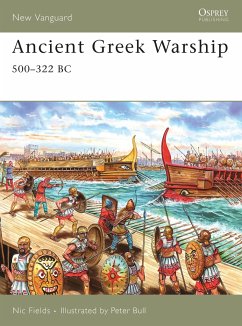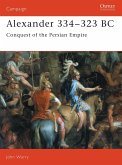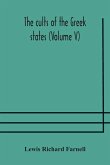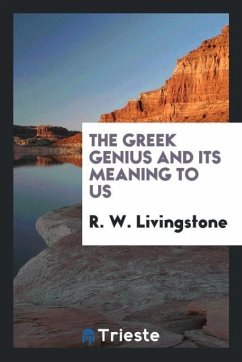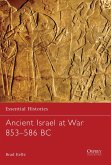Formidable and sophisticated, triremes were the deadliest battleship of the ancient world, and at the height of their success, the Athenians were the dominant exponents of their devastating power. Primarily longships designed to fight under oar power, the trireme was built for lightness and strength; ship-timber was mostly softwoods such as poplar, pine and fir, while the oars and mast were made out of fir. Their main weapon was a bronze-plated ram situated at the prow. From the combined Greek naval victory at Salamis (480 BC), through the Peloponnesian War, and up until the terrible defeat by the Macedonians at Amorgos, the Athenian trireme was an object of dread to its enemies. This book offers a complete analysis and insight into the most potent battleship of its time; the weapon by which Athens achieved, maintained, and ultimately lost its power and prosperity.

